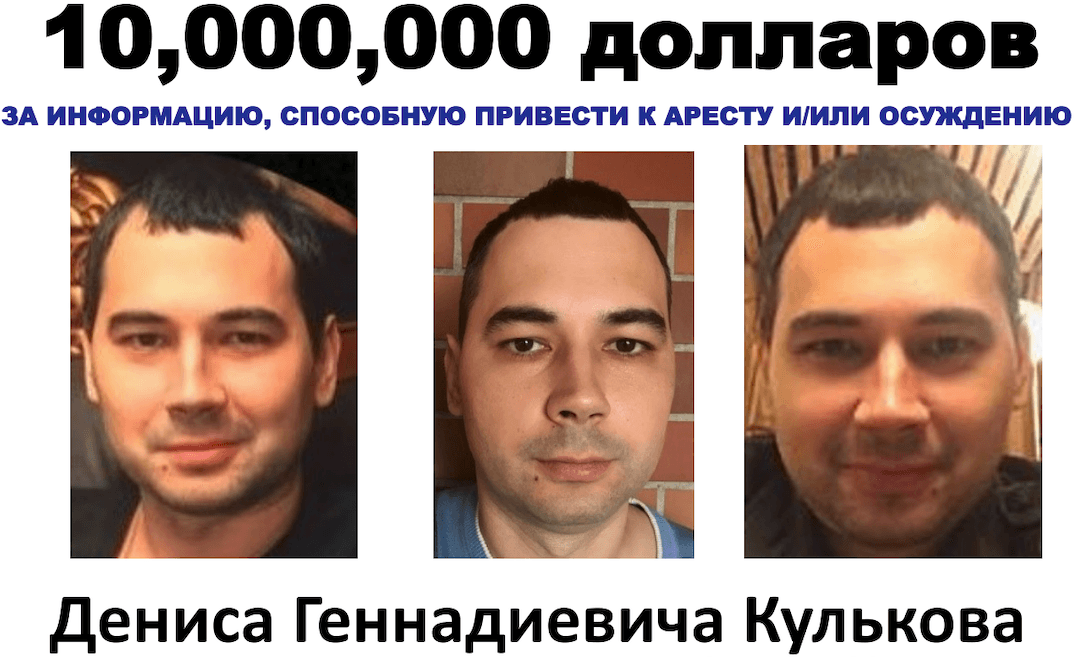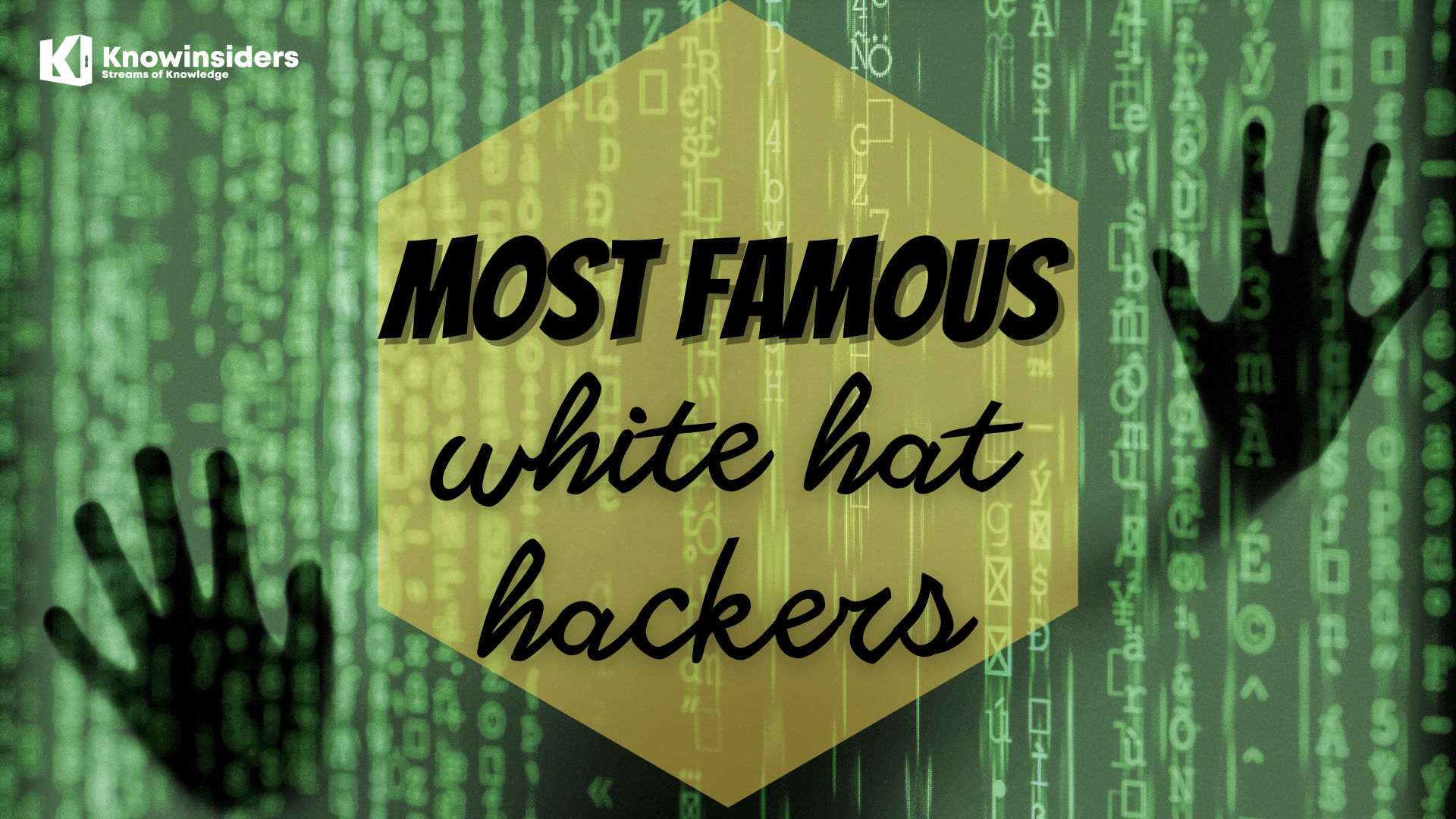Top 10 Most Notorious Hackers Of All Time
 |
| Most Notorious Black Hat Hackers Of All Time. Photo: knowinsiders. |
What are the most notorious black hat hackers of all time?
Black hat hackers are "the bad guys" that exploit weaknesses in coding, wreak havoc, and just do whatever they want simply because they can. Black-hat hackers are defined as cybercriminals who hack unauthorized information and spy on other people’s data for their bad intentions. However, some hackers don’t do it for their own benefits but for social justice (as they say).
They are people who can upend major businesses, cause billions of dollars in loss, and easily ruin lives if they choose to do so on a whim. Over the years, there have been many people who have made international headlines with their hacking skills.
Over the years, many black hat hackers have tried to show their skills. Many of them actively try to become legendary hackers, or do this as a way to get offered a cybersecurity job by an elite company like Google.
The list of top 10 most notorious hackers of all time
1. Kevin Mitnick
2. Vladimir Levin
3. Richard Pryce and Matthew Bevan
4. Michael Calce (MafiaBoy)
5. Gary Mckinnon
6. Jeanson James Ancheta
7. Astra
8. Adrian Lamo
9. Johnathan James
10. Kevin Poulsen
Who are the top 10 most notorious hackers of all time?
1. Kevin Mitnick
Born Aug 6, 1963, Kevin David Mitnick grew up immersed in the era of newly emerging phone and computer technology. And, boy, did it fascinate him. Kevin spent much of his youth tinkering with the latest tech— gathering with fellow “phone phreaks” over pizza to talk about their latest landline pranks, as the originators of what was soon to become cyber social engineering.
As Kevin grew from a teenager to a young man, so too did his knowledge of phones, computers, and programming, as well as his bravado to gain unauthorized access to the sensitive information they stored. By the late ’80s and throughout the early ’90s, Kevin landed himself at the top of the FBI’s Most Wanted list for hacking into dozens of major corporations, just to see if he could.
Without a doubt, one of the best black hat hackers to ever hit the tech world. He was, at one point, the most wanted cybercriminal in the world—and still remains one of the most notorious in hacking history. He's even been featured in documentaries about hacking because of how smart he is. Kevin Mitnick was once the most wanted cybercriminal in the world. He had an obsession with computers that escalated into a two and half year hacking spree where he stole millions of dollars of corporate secrets from IBM, Motorola, telecom companies, and even the National Defense warning system. He was caught twice in jail twice for his crimes, but now he is a computer security consultant.
Thankfully for all of us, he ended up turning a new leaf. Kevin Mitnick currently works as a white hat hacker and advises others on how to further beef up their cybersecurity.
 |
| Kevin Mitnick. Photo: Vox. |
| Kevin is the catalyst of the information security industry, a best-selling author, renowned security speaker and the head of an elite information security firm with a 100% success rate. All of that began with Kevin’s action-packed rise through the ranks of hackers worldwide, driven by an insatiable curiosity, a passion for seemingly impossible challenges and an unstoppable sense of humor. |
2. Vladimir Levin
Vladimir Leonidovich Levin is a Russian Hacker of genius proportions. In 1994 while working with a dial-up connection and a laptop from Saint Petersburg, Apartment he accessed the accounts of several large corporate customers of Citibank stealing USD 10.7 million. He ended up spending three years in jail. However, in 2005, an anonymous hacker group came claiming that they were the ones truly responsible for the theft and that they only sold Vladimir the data needed to steal the money.
One of the largest and best-organized wire fraud schemes was orchestrated by Vladimir Levin, a Russian programmer with a computer software firm in St. Petersburg. In 1994, with the aid of dozens of confederates, Levin began transferring some $10 million from subsidiaries of Citibank, N.A., in Argentina and Indonesia to bank accounts in San Francisco, Tel Aviv, Amsterdam, Germany, and Finland. According to Citibank, all but $400,000 was eventually recovered as Levin’s accomplices attempted to withdraw the funds. Levin himself was arrested in 1995 while in transit through London’s Heathrow Airport (at the time, Russia had no extradition treaty for cybercrime). In 1998 Levin was finally extradited to the United States, where he was sentenced to three years in jail and ordered to reimburse Citibank $240,015.
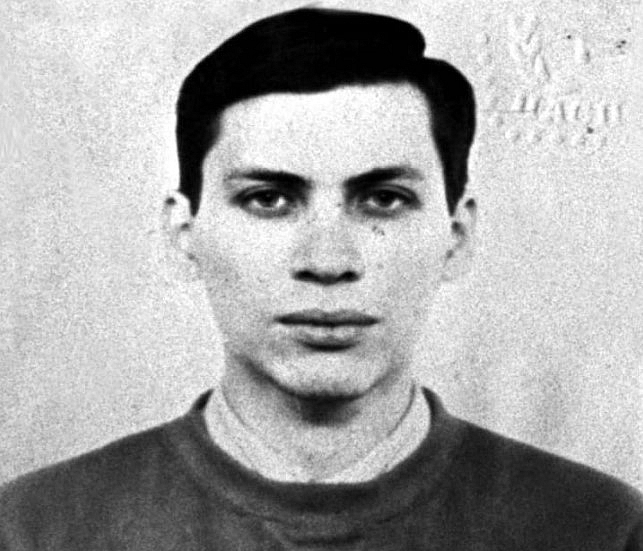 |
| Vladimir Levin. Photo: vocal. |
| How could it have been prevented? Citibank had weak cybersecurity and at that time, it was unprotected because of certain examinations. Levin had easy access to the bank accounts, with assumed help from other Russian hackers. Bank staff did not notice hacker group were playing with systems’ tools (e.g. were installing and running games). The bank should protect their system by encrypting account passwords and have their computer more secured by running antivirus software that can prevent future hacking attempts. |
3. Richard Pryce and Matthew Bevan
Matthew Bevan and Richard Pryce are a team of British hackers who hacked into multiple military networks in 1996, including Griffiss Air Force Base, the Defense Information System Agency and the Korean Atomic Research Institute (KARI). Bevan (Kuji) and Pryce (Datastream Cowboy) have been accused of nearly starting a third world war after they dumped KARI research onto American military systems. Bevan claims he was looking to prove a UFO conspiracy theory, and according to the BBC, his case bears resemblance to that of Gary McKinnon. Malicious intent or not, Bevan and Pryce demonstrated that even military networks are vulnerable.
In 1996, Mathew Bevan and Richard Pierce were 21 and 17 respectively, when they broke into military computers. They didn’t only hack into US military computers, but the officials thought they might have also hacked into North Korean Systems as well. These people have the unique distinction of saying that they almost started a war.
Targeting the over-sensitive nerves, what Mathew Bevan along with his alleged partner Richard Pryce did, could have triggered great many issues between USA and North Korea. The duo hacked the US military computers and used it as a means to infiltrate the foreign systems. The crucial contents of Korean Atomic Research Institute were dumped into USAF system. However, the contents were majorly relevant to South Korea and hence, less volatile. But this, nonetheless, could have led to a huge international issue.
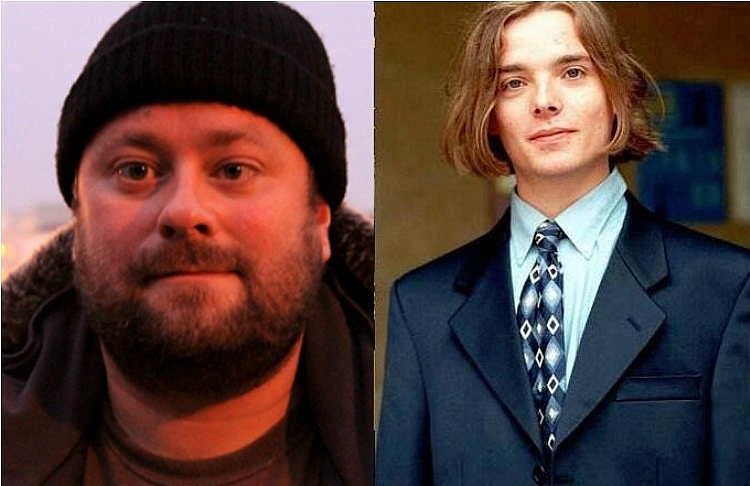 |
| Matthew Bevan and Richard Pryce. Photo: lostbird. |
4. Michael Calce (MafiaBoy)
Canadian hacker extraordinare Michael Calce became a legend among hackers after he spearheaded Project Rivolta, a high-profile series of DDOS attacks. This series of attacks targeted major sites like Yahoo, CNN, eBay, and FIFA—just to name a few.
He was in high school at the time of the attacks, which meant that he became one of the best black hat hackers in history before he was even old enough to be tried as an adult.
Michael became famous for a series of distributed-denial-of-service (DDoS) attacks on a variety of corporate networks. First, Mr. Calce leveraged a network of university computers to take down the leading search engine at the time, Yahoo. Shortly after, he attacked Dell, eBay, CNN, and Amazon using his now infamous DDoS attack. This attack brought a surprise notice to corporate America, shocked to see billion-dollar businesses shut down so easily. The concern for corporate interest led to a series of legislation changes focused on cybercrime.
Today Miachael works as a white hat hacker promoting cybersecurity pentesting and awareness trainings to keep companies safe from online threats.
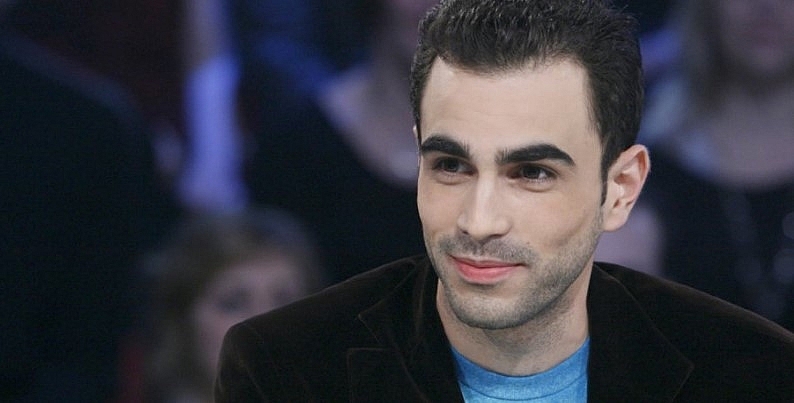 |
| Michael Calce (MafiaBoy). Photo: lapresse. |
| Michael 'Mafiaboy' Calce took down the websites of some of the world’s largest e-commerce companies in 2000 at the age of 15, causing an estimated $1.7 billion in damages. Calce got his first computer when he was six years old and became immersed in hacking culture by his early teens, eventually leading to his recruitment by one of the most dominant Russian hacking groups in the late 1990s called TNT/Phorce. By the time he was 15, in 2000, he used denial of service attacks to take down Yahoo, Ebay, CNN, Dell and Amazon. |
5. Gary Mckinnon
A few months after the World Trade Center attacks, a strange message appeared on a U.S. Army computer: “Your security system is crap,” it read. “I am Solo. I will continue to disrupt at the highest levels.”
Solo scanned thousands of U.S. government machines and discovered glaring security flaws in many of them. Between February 2001 and March 2002, Solo broke into almost a hundred PCs within the Army, Navy, Air Force, NASA, and the Department of Defense. He surfed around for months, copying files and passwords. At one point he brought down the U.S. Army’s entire Washington, D.C., network, taking about 2000 computers out of service for three days. U.S. attorney Paul McNulty called his campaign “the biggest military computer hack of all time.”
During his capers as "Solo," he got into over 2,000 US Armed Forces computers as well as a number of NASA computers. Within 24 hours of breaking in to a computer shortly after 9/11, he'd delete critical logs and caused over $700,000 in damage. You could say that his records were astronomically high, eh?
But despite his expertise, Solo didn’t cover his tracks. He was soon traced to a small apartment in London. In March 2002, the United Kingdom’s National Hi-Tech Crime Unit arrested Gary McKinnon, a quiet 36-year-old Scot with elfin features and Spock-like upswept eyebrows. He’d been a systems administrator, but he didn’t have a job at the time of his arrest; he spent his days indulging his obsession with UFOs.
 |
| Gary McKinnon. Photo: Reuters. |
| McKinnon has been diagnosed with Asperger’s syndrome, a form of autism. The range of conditions known as autism spectrum disorders currently affects 1 out of 110 American children, according to the U.S. Centers for Disease Control and Prevention. Researchers say that diagnoses of these problems are increasing faster than those of any other developmental disorder. Medical researchers still don’t understand the cause and are nowhere near a cure. People with Asperger’s are often highly intelligent, and many have an accomplished understanding of complex systems, causing researchers to study a possible link between autism and engineering. |
 Top 10 Most Notorious Female Pirates Of All Time Top 10 Most Notorious Female Pirates Of All Time Even though piracy was an occupation dominated by men, there have been a number of women who found success in it. Take a look at ... |
6. Jeanson James Ancheta
If you've ever heard of a botnet attack, then you'll understand why Jeanson James Ancheta is one of the best black hat hackers to ever live. He was the first, if not one of the first, to use these in an attack.
Jeanson took a unique approach to hacking compared to others on the list with his curiosity about “botnets.” These botnets consisted of software-based attacks that breached control of a computer system. Scaling this type of attack, by stringing together hundreds of different computer systems into a network, can have a devastating impact.
By 2005, Jeanson successfully compromised nearly half a million machines. As outlined by Ars Technica, Mr. Ancheta used this network to profit by selling access to advertising companies and other hackers. Through these antics and specifically for breaking the Computer Fraud Abuse Act, the government charged him with a crime. His punishment would be a 57-month prison term and a $75,000 fine, marking the first time a hacker saw jail time for use of a botnet.
 |
| Jeanson James Ancheta. Photo: vocal. |
| At the height of his attack, he had control of over 500,000 computers using his botnet—including a number of military computers. He ended up serving five years in prison, and had to pay $58,000 in fees. |
7. Astra
The hacker named Astra, whose real name was never revealed was a 58-year-old Geek Mathematician, who was operated on between 2002 and 2008 during that five-year period. He stole weapons technology data in 3D modeling software from a company called the Salt Group, which he sold up to USD 361 million to buyers all around the world. He was tracked down in an apartment in Athens, Greece.
Astra is the pseudonym of a Greek hacker who infiltrated the computers of the French aviation company Dassault Group and stole weapons technology data for over five years.
The information he accessed included confidential data about jet fighters and other military-grade aircrafts. Astra then sold this secret information to numerous countries over a span of five years. As a result of this infamous hack, Dassault’s losses hit more than $360 million. The actual identity of Astra has never been identified, but when he was apprehended in 2008 the authorities described him as a 58-year-old mathematician.
| No one really knows who Astra is—at least, not publicly. The 58-year-old Greek hacker became wanted by Interpol after he broke into the Salt Group's computers and stole weapons technology data that he later sold to buyers all over the world. |
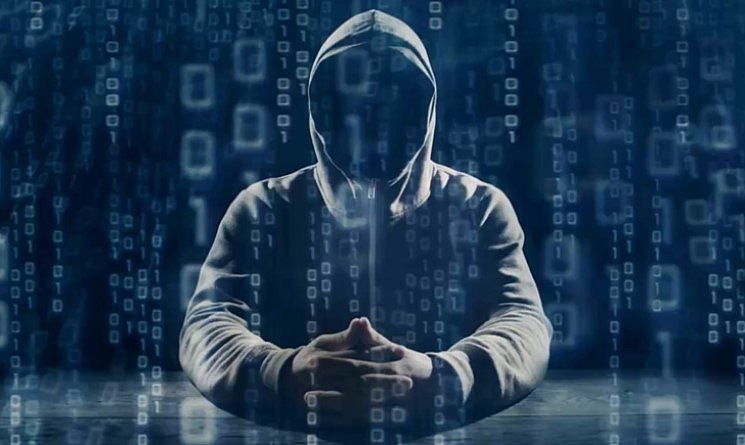 |
| Photo: lostbird. |
 Top 13 Most Notorious Serial Killers In The World Of All Time Top 13 Most Notorious Serial Killers In The World Of All Time The world has known many serial killers. We try to rank top 13 most evil and notorious serial killers by number that the world has ... |
8. Adrian Lamo
Another must-mention on any list of the best black hat hackers in history is Adrian Lamo, also known as the homeless hacker. While he was out on the streets, he'd break into high-profile computer networks like The New York Times and Yahoo. Adrian Lamo was best-known for hacking into major cooperations like Yahoo, Bank of America, Citigroup, The New York Times, and Microsoft but the way he did it made him famous. He used public internet connections like libraries and coffee shops to hack into major sites. Because of that style, he was named as ‘Homeless Hacker. In 2004, after being caught he was given six months of house arrest in order to pay $65,000 in restitution.
In 2001, 20-year-old Adrian Lamo used an unprotected content management tool at Yahoo to modify a Reuters article and add a fake quote attributed to former Attorney General John Ashcroft. Lamo often hacked systems and then notified both the press and his victims. In some cases, he'd help clean up the mess to improve their security. As Wired points out, however, Lamo took things too far in 2002, when he hacked The New York Times' intranet, added himself to the list of expert sources and began conducting research on high-profile public figures. Lamo earned the moniker "The Homeless Hacker" because he preferred to wander the streets with little more than a backpack and often had no fixed address.
Once he would get in, he would often tinker around for his enjoyment. For example, he made headlines after he added himself to the New York Times' list of experts. However, these days he turned white hat and now is equally famous for telling authorities who was behind the July 12, 2007 Baghdad airstrike Wikileaks video leak.
| Adrian came into the public spotlight for his hacking activities by breaching a content management system and adding in a fake quote from Attorney General John Ashcroft. Lamo became infamous for his notices to both the media and the victims of his hacks. To this point, Lamo took his hacking antics too far in 2002 when he broke into The New York Times’ network. This led to a sentence of two years probation and a fine of nearly $65,000. |
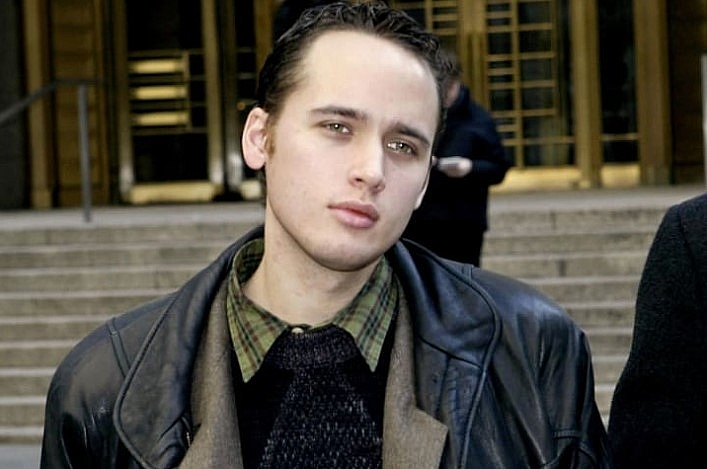 |
| Adrian Lamo. Photo: vocal. |
9. Johnathan James
Using the alias cOmrade, Jonathan James hacked several companies. According to the New York Times, what really earned James attention was his hack into the computers of the United States Department of Defense. Even more impressive was the fact that James was only 15 at the time. In an interview with PC Mag, James admitted that he was partly inspired by the book The Cuckoo’s Egg, which details the hunt for a computer hacker in the 1980s. His hacking allowed him to access over 3,000 messages from government employees, usernames, passwords and other sensitive data.
James was arrested in 2000 and was sentenced to a six months house arrest and banned from recreational computer use. However, a probation violation caused him to serve six months in jail. Jonathan James became the youngest person to be convicted of violating cyber crime laws. In 2007, TJX, a department store, was hacked and many customer’s private information were compromised. Despite a lack of evidence, authorities suspect that James may have been involved.
In 2008, James committed suicide by gunshot. According to the Daily Mail, his suicide note stated, “I have no faith in the 'justice' system. Perhaps my actions today, and this letter, will send a stronger message to the public. Either way, I have lost control over this situation, and this is my only way to regain control.”
| When asked why he did the stuff he did, Johnathan James said, "I was just looking around, playing around. What was fun for me was a challenge to see what I could pull off." |
How humble it seems, considering that Johnathan James ended up cementing his reputation as one of the best black hat hackers in the world at only 16 years of age. His list of black hat stunts include targeted attacks on NASA, the Department of Defense, and also stealing software worth $1.7 million.
At 25, this brilliant man's life was cut tragically short after he committed suicide out of fear of being prosecuted for crimes he did not commit.
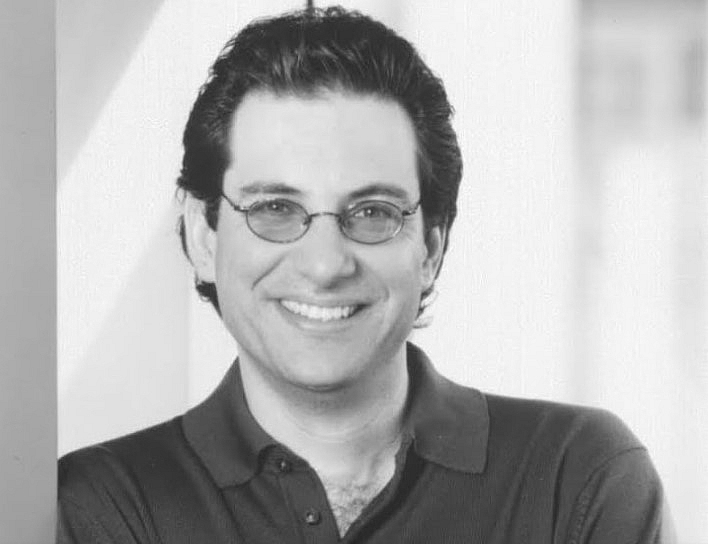 |
| Jonathan James. Photo: vocal. |
10. Kevin Poulsen
Starting as a teenager, Kevin hacked into ARPANET, the Pentagon’s computer network. The attack was quickly discovered, leading to Mr. Poulsen’s arrest. Despite being caught, the government let the young Mr. Poulsen off with a warning. By the end of the decade, in 1988, another hack executed by Mr. Poulsen landed him in hot water with the government. To avoid being arrested, he went underground and continued to hack government secrets.
As a teen-ager, Poulsen had burrowed deep into the giant switching networks of Pacific Bell, exploring and exploiting nearly every element of its powerful computers, from the common systems responsible for creating, changing and maintaining phone service to the shadow systems that guard secrets of national security, according to accusations in a federal indictment. The U.S. attorney in San Jose says that Poulsen had wiretapped the intimate phone calls of a Hollywood starlet, allegedly conspired to steal classified military orders, and reportedly uncovered unpublished telephone numbers for the Soviet Consulate in San Francisco.
He had been a brilliant teen-age hacker, celebrated for high-security intrusions reminiscent of “WarGames,” the hallmark movie of his culture. Even fellow hackers were impressed. “There’s nobody that’s on Kevin’s level,” says one intimately familiar with his intrusions. “Kevin is extremely good at software and brave at taking chances. Kevin was a 24-hour-a-day hacker.”
So good was Poulsen at cracking clandestine government and military systems that the defense industry anointed him with a security clearance and brought him inside to test its own security. By day, Poulsen hacked to protect government secrets. By night, federal prosecutors say, he became a high-tech werewolf, a hacker whose incessant intrusions were increasingly criminal.
By 1990, he famously broke into a radio stationto secure a contest for a brand new Porsche, a vacation, and $20,000. Since then, he has been arrested and restricted from using a computer for three years as a form of punishment. Today, Poulsen works as a white-hat hacker and journalist, writing for popular publications such as Wired and The Daily Beast.
 |
| Kevin Poulsen. Photo: vocal. |
| In the 80s, there were few people who could be more notorious for being one of the best black hat hackers in the world like Kevin Poulsen. Known for being "the Hannibal Lecter of Hacking," Poulsen's claim to fame was his hacking of LA radio’s KIIS-FM phone lines. |
After being the kind of stuff that hacker movies are made of, Kevin ended up becoming a white hat hacker... and now he's a senior editor for Wired. Who'd have guessed?
 Top 10 Hottest Female Lawyers In The World Top 10 Hottest Female Lawyers In The World Who are the world’s most hottest and beautiful women lawyers? Let's take a look with our top 10 most notable female attorneys at laws that ... |
 Top 10 Most Popular Virtual Assistants Top 10 Most Popular Virtual Assistants Digital assistants can perform certain tasks on behalf of an individual with the help of certain user inputs and access to GPS location. |
 Top 10 Most Expensive Toys and Games in the World Top 10 Most Expensive Toys and Games in the World Every child loves playing and many parents are ready to pay a good amount for the games and toys they love, yet some are not ... |

